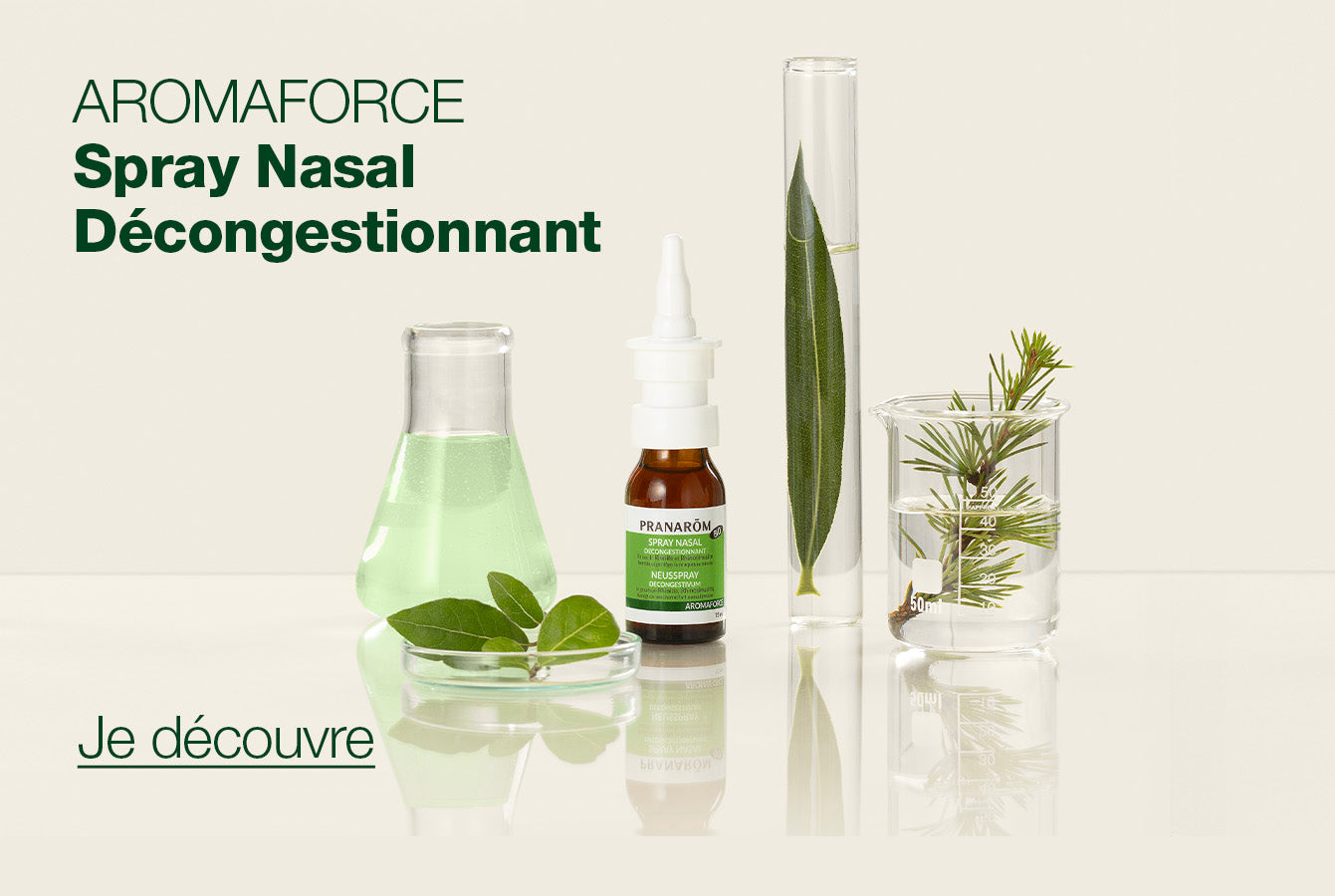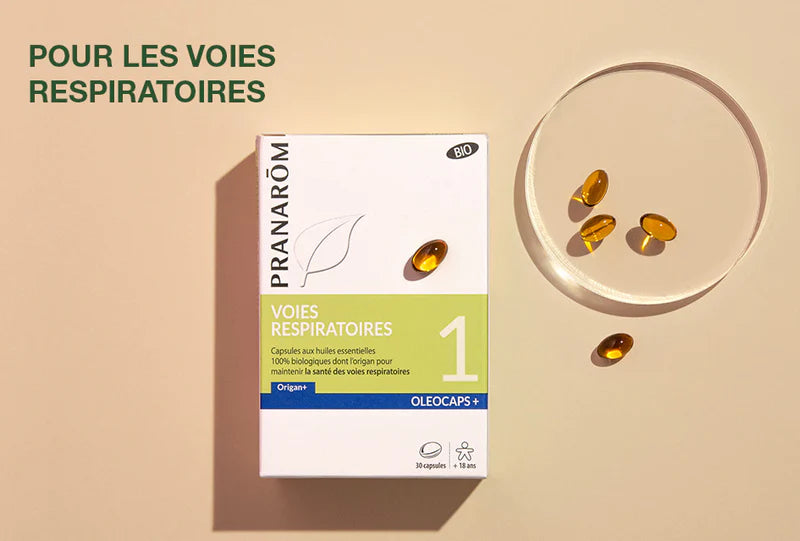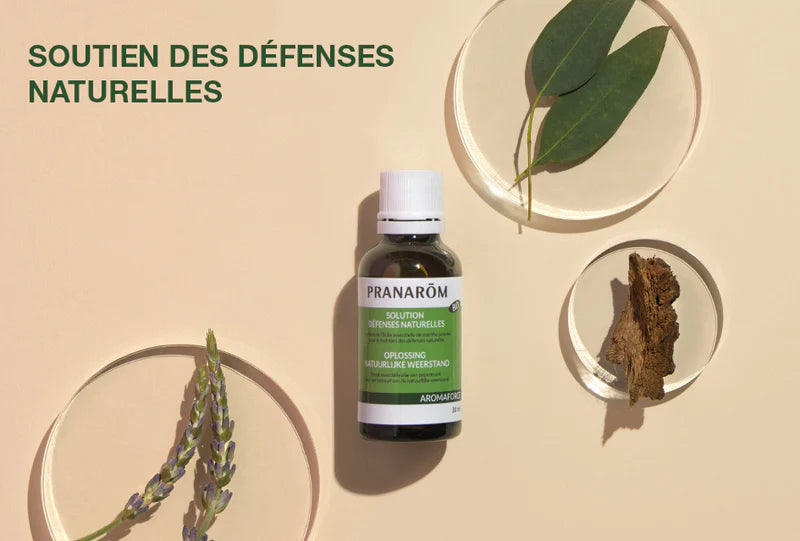Ce grand arbre en forme de parasol, de 6 à 24 mètres de haut, à feuilles persistantes plates et couronnées, est originaire d’Afrique Australe, d’Afrique de l'Est, de Mascareignes et particulièrement de Madagascar. Les racines, le tronc et les fruits produisent une résine dure (le Copal) utilisée comme encens. Les fleurs sont jaunâtres et les fruits sont uniques. Ces derniers sont durs et parsemés sur l'extérieur par des bulles de résine. Ils sont vert rougeâtre à maturité, mais brunis-sent sur le terrain.
En diffusion pour le sommeil et la digestion. Très efficace et parfum agréable. Attention, 1 g avec 10 gouttes d'une autre HE
Jambes lourdes ,le soir ou dans la journée cet été j ai beaucoup apprécié l efficacité en massages surtout le soir aux coucher,juste un peu collant.
Ayant des soucis de jambes lourdes ce produit est vraiment efficace !Complètement conforme à la description j'en rachèterais c'est certain !!!
Une crème très agréable aux toucher, une très bonne odeur, rafraîchit les jambes
Génial. Il est rare que je prenne le temps de venir mettre un commentaire, mais là, j'ai été vraiment bluffée par ces huiles essentielles. J'avais plusieurs verrues sur les mains, que je combattais depuis des mois avec des produits de cryogenisation et des pansements. C'était douloureux, ça semblait plutôt efficace, mais ça ne marchait jamais vraiment et les verrues revenaient rapidement (j'en ai même récolté quelques unes supplémentaires !). J'ai utilisé ce produit sans trop y croire : ça semble presque trop facile, ce n'est pas douloureux, le petit applicateur est pratique et ça sent bon. Ca colore un peu les doigts, rien de dramatique. Au bout de quelques semaines, toutes mes verrrues, même les grosses, ont séchées et sont tombées naturellement ! La peau dessous est archi saine, c'est vraiment top.










